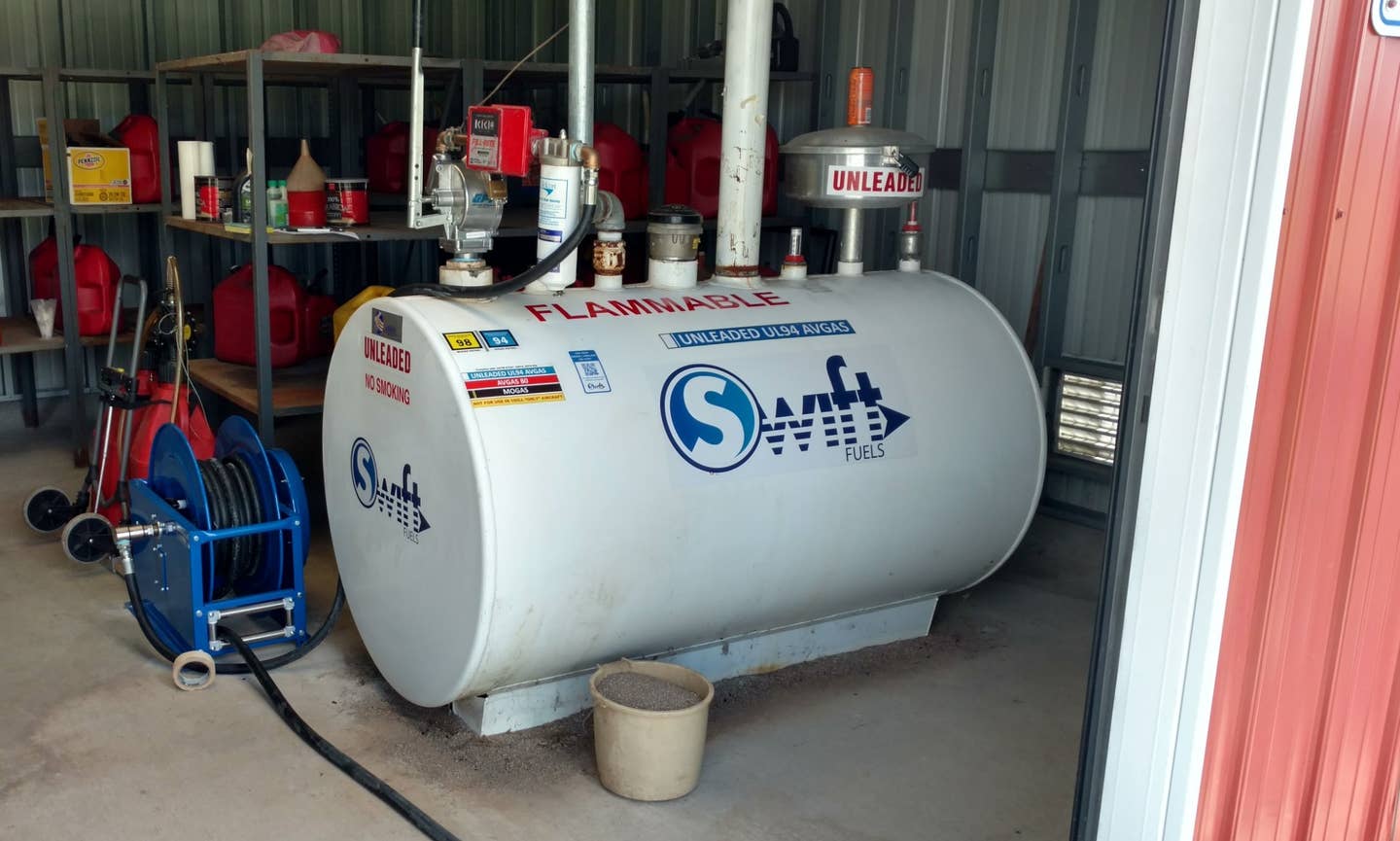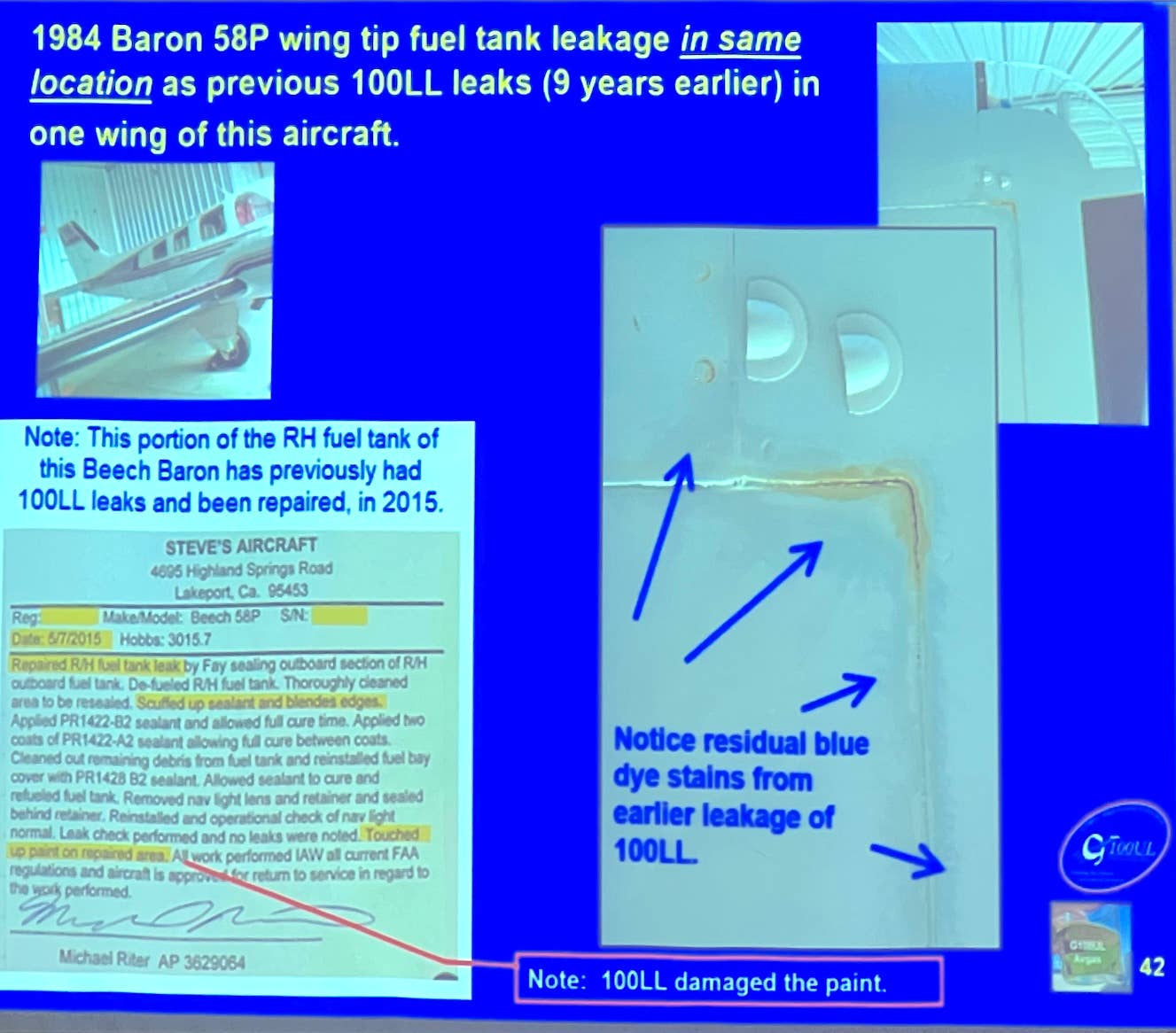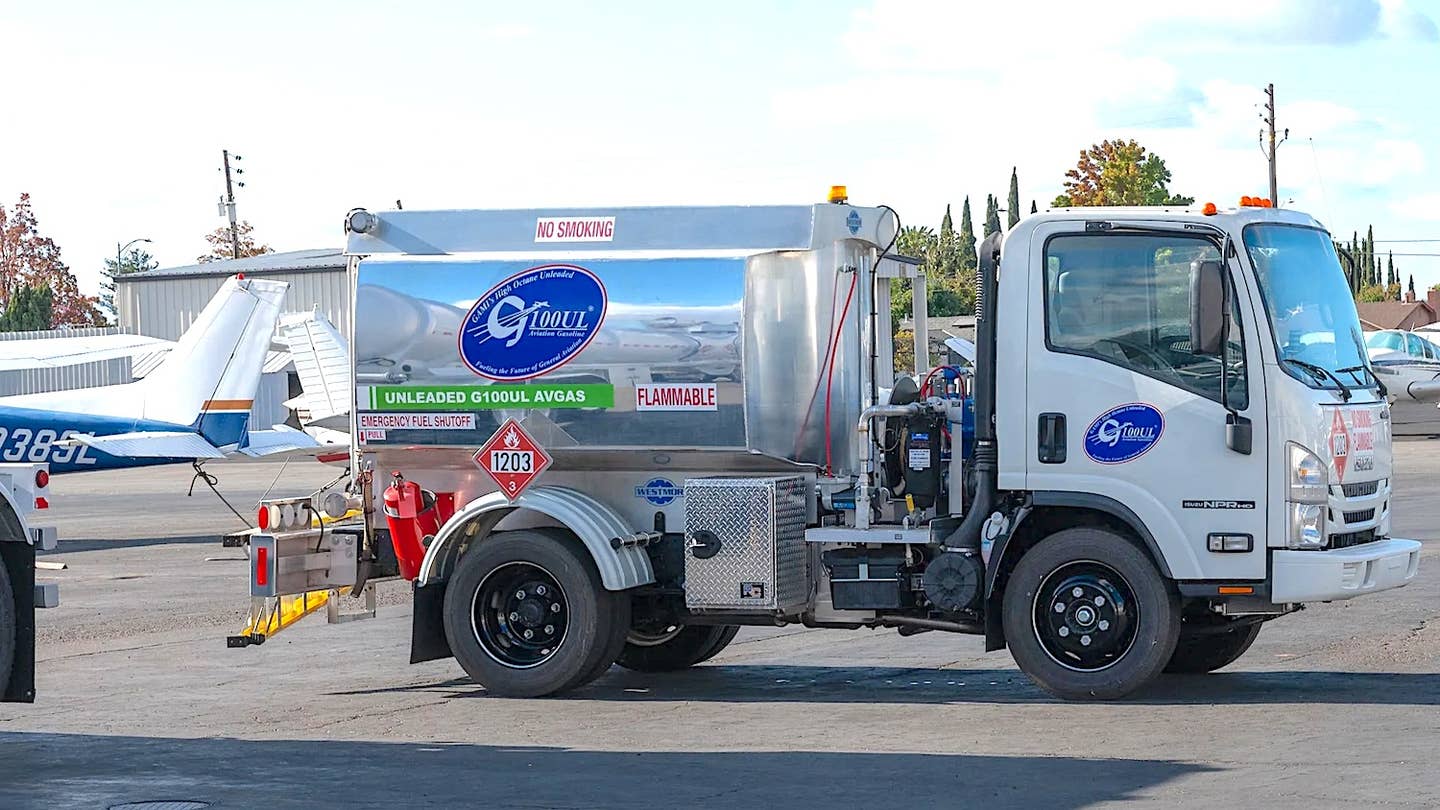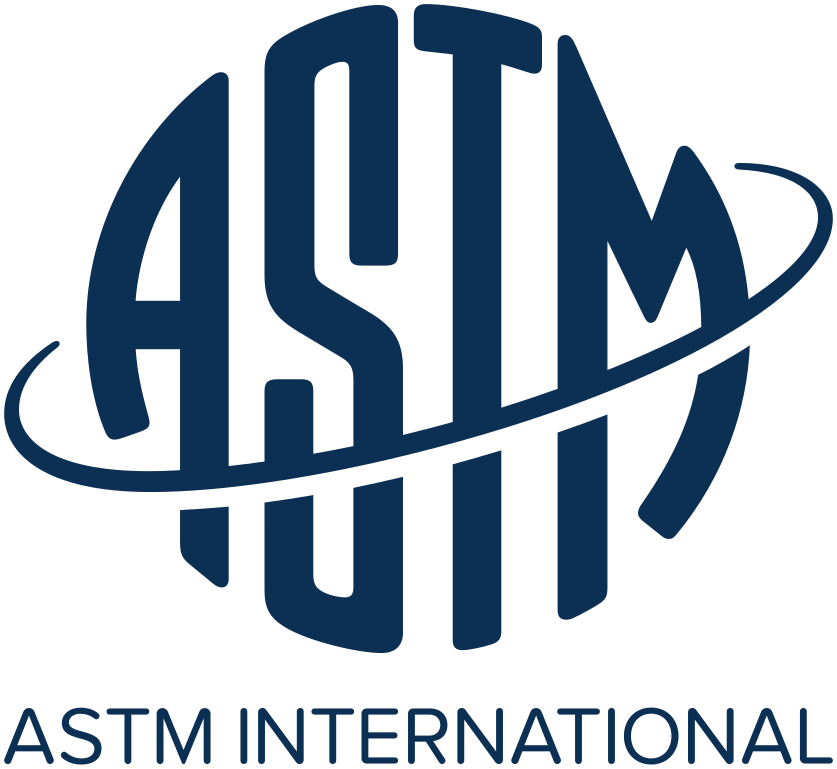The Ten Biggest Lies About Piston Aircraft Engines
When it comes to piston powerplants, there’s an astonishing amount of misinformation making the rounds. Some of it may even come from sources you trust: leading aviation magazines, overhaul shops, even your CFI or A&P. Don’t believe everything you read or hear.

Lie #1:
Lycoming engines are better than Continental engines.
(Or vice-versa.)
 Ibought my first airplane 30 years ago. It was a Cessna 182 powered by a ContinentalO-470-R engine. Since then I've owned a succession of airplanes, and each one-quitecoincidentally-was powered by a big-bore Continental. My engines have always made TBO andbeen relatively trouble-free. So it's not surprising that I'm something of a fan when itcomes to TCM engines.
Ibought my first airplane 30 years ago. It was a Cessna 182 powered by a ContinentalO-470-R engine. Since then I've owned a succession of airplanes, and each one-quitecoincidentally-was powered by a big-bore Continental. My engines have always made TBO andbeen relatively trouble-free. So it's not surprising that I'm something of a fan when itcomes to TCM engines.
It's equally unsurprising that at least half the pilots and aircraft owners I meet areLycoming bigots. They brashly state "I'd never own a Continental-poweredairplane!" If you ask why, they'll tell you a series of anecdotal episodes about howtheir Lycoming-powered Turbo Saratoga made it to 1,000 hours past TBO, while their bestfriend wound up having to tear down the TCM factory reman in his Mooney 231 or Beech B36TCafter just 475 hours.
 |
 |
Let's set the record straight. Lycoming and TCM engines are very similar designs usingvery similar technology and metallurgy. Both are horizontally-opposed air-cooled designswith bolt-together aluminum case halves and bolt-on cylinders with sandcast aluminum headsscrewed onto nitrided steel barrels. Both use fixed-timed dual magneto ignition systems,and valve trains with overhead rocker arms, shrouded hollow pushrods, and hydraulic valvelifters. Both use similar compression ratios, similar RPM red-lines, and similarpower-to-displacement ratios. And both have comparable records of reliability andlongevity.
Certain problems tend to occur more frequently in one brand or the other. Continentalshave a lot more crankcase cracks, head-to-barrel separations, and premature valve guidewear problems than Lycomings. On the other hand, Lycomings suffer stuck and broken valvesand spalled cams and lifters much more often Continentals.
Some TCM and Lycoming models have better track records than other TCM and Lycomingmodels. For example, the TCM TSIO-360 series (used in Mooneys, Skymasters, and variousother aircraft) tend to be more troublesome and maintenance-intensive than otherContinentals. Likewise, the Lycoming O-320-H2AD engine has had a dismal history of cam andlifter problems when flown irregularly and operated in cold climates.
But while certain specific TCM and Lycoming models are problem-prone, it is simplywrong to make a general assertion that engines of either manufacturer are more reliablethan those of the other. It's just not so.
Lie #2:
Turbocharged engines are troublesome, inefficient and costly.
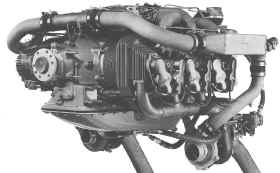 When I learned to fly on the East Coast thirty-something yearsago, turbocharging was a dirty word. Everybody said turbos were expensive, inefficient,maintenance-intensive, and problem-prone; it shortens TBO and increases operating costdrastically, and makes no sense unless you live in the mountains. Or so everybody said.
When I learned to fly on the East Coast thirty-something yearsago, turbocharging was a dirty word. Everybody said turbos were expensive, inefficient,maintenance-intensive, and problem-prone; it shortens TBO and increases operating costdrastically, and makes no sense unless you live in the mountains. Or so everybody said.
Well, everybody was wrong. I've owned, operated and maintained a turbocharged twinCessna for the past eleven years. It's proven to be the most reliable airplane I've everowned: reliable, efficient, and almost completely trouble-free. Both engines made it to500 hours past TBO without ever having a cylinder off, and when they were finally majored,they turned out to be in great shape.
Most of the anti-turbocharging arguments you hear are bunk. For example, take the claimthat turbocharged engines are inefficient. Now, it's true that most turbocharged engineshave a lower compression ratio than their normally-aspirated counterparts (typically6.5-to-1 vs. 7.5-to-1), and that the turbo will burn a bit more fuel at any given powersetting. But specific fuel consumption is only part of the story. The other part is thatairframes are much more efficient up at the higher altitudes that turbocharging allows.
For instance, by climbing from 6,000' to 12,000' and throttling back from 75% to 65%power, my Turbo 310 can fly 5 knots faster than a normally-aspirated 310, and do it atlower fuel flow. If I'm willing to use oxygen and climb to FL200, I can beat thenon-turboed 310 by 25 knots with no fuel flow penalty. The normally-aspirated airplane ismore efficient than the turbo only if you force both airplanes to fly at the same lowaltitude, and that's not a meaningful comparison.
How about the claim that turbocharged engines are much more expensive to operate andmaintain? It's true that turbos are more vulnerable to abuse in the hands of a ham-fistedpilot. If your airplane is used for training or rental use and flown by lots of pilots,you probably don't want a turbo. But barring such abuse, my worst-case analysis indicatesthat a 300 hp turbocharged engine should cost no more than $10/hour more to operate thanits normally-aspirated sibling. When you consider that the sort of aircraft that use suchengines — Bonanzas, Centurions, Saratogas, etc. — typically cost $100 to $150/hour tofly, you can see that the difference is chump change
Lie #3:
Modern multi-viscosity oil offers superior lubrication and longer engine life thanold-fashioned single-weight oil.
During the 70s and 80s, there was a dramatic shift from single-weight tomulti-viscosity oils by operators of general aviation aircraft...due in large measure tovery effective advertising campaigns by Shell and Mobil that touted their multi-visproducts (Aeroshell 15W50 and Mobil AV 1) as the greatest aeronautical innovation sincethe nosewheel.
During the same 20-year period, there was a dramatic increase in premature engineproblems in the owner-flown G.A. fleet. It was not a coincidence.
In contrast to "working airplanes" that fly almost every day, mostowner-flown airplanes spend most of their lives in the chocks. The biggest enemy of theirengines is not inadequate lubrication. It's rust.
Multi-vis oil simply does not provide as effective protection against rust assingle-weight oil. The defining characteristic of multi-viscosity oil — the fact that itdoesn't thicken up at cool temperatures — makes it a lousy corrosion inhibitor. Duringperiods of disuse, multi-vis oil strips off cylinder walls and cam lobes much more readilythan does thick single-weight oil, leaving those parts vulnerable to corrosion, followedby spalling and eventually destruction.
But what about the superior lubricating properties of multi-vis oil? Basically bunk!
It turns out that multi-vis oil is not a better lubricant than single-grade oil.It's actually a bit worse. The reason is that multi-vis oil is made by starting with athin, single-weight oil stock and adding man-made polymers called "Viscosity Indeximprovers" that increase viscosity as temperature increases. However, such VIimprovers are not lubricants, and their addition actually displaces a certain amount oflubricating base stock (on the order of 10%). In other words, there's more "oil"in a quart of single-weight oil than in a quart of multi-vis.
Now this is no big deal, since the lubrication demands of most piston aircraft enginesare rather modest (compared to automobile engines, for example). What is a big deal is thefact that single-weight oil does a better job of protecting engines against rust duringperiod of disuse. That's why we've long recommend single-weight oil for any engine thatdoesn't fly at least once a week.
Fortunately, after two decades of multi-vis mania, it now appears that more and moreG.A. operators are starting to recognize the shortcomings of multi-vis oil and areswitching back to single-weight. An increasing number of top-rated overhaul shops are nowrecommending the use of single-weight oil.
Lie #4:
If you can't fly regularly, at least be sure to turn over the prop by hand everyweek or two to redistribute the oil.
Now there's a really dumb idea! I wonder who first came up with it?
Engines that don't fly regularly are vulnerable to rust because the oil film thatprotects their steel parts from corrosion begins to strip off after a week or two. Gravityis the culprit — oil flows from top to bottom — and so the areas at greatest risk arethe tops of cylinder bores, the tops of cam lobes, and so forth.
Now suppose you turn over the prop by hand. Does this "redistribute the oil?"Sure it does! It scrapes oil off the top of the cylinders and accelerates its flowdownhill. The same is true of cam lobes and lifters.
Now I realize full well that at least one of the engine manufacturers recommendsturning over the prop by hand periodically in its "flyable storage"recommendations. I still maintain, however, that the only way to replenish the protectiveoil film is to fling large quantities of oil around the innards of your engine with greatvigor. And the only way to do that is to run the engine at high RPM...preferably by flyingthe airplane attached to it. Turning over the prop by hand just won't cut it.
Lie #5:
The less oil an engine burns, the better.
Get a few aircraft owners get together over a few beers, and inevitably theconversation turns to oil consumption. "I'm only using a quart in 30 hours," onewill say. "That's nothing," brags another owner, "I don't have to add anymake-up oil between 50-hour oil changes!" The owners doing this bragging probablydon't realize that they probably won't make it to TBO without a costly mid-term topoverhaul! It turns out that ultra-low oil consumption is often a bad omen when it comes tocylinder longevity.
For a cylinder to make it to TBO, it must be protected from metal-to-metal scuffing bythe piston rings. This protection comes from a film of oil that coats the cylinder barreland causes the rings to "hydroplane" instead of scuffing the barrel.
Now, if the cylinder barrel is properly coated with oil, it's inevitable that some ofthis oil will be burned up in the combustion process. That's why a certain amount of oilconsumption is perfectly normal.
Ultra-low oil consumption indicates one of two things: either the oil film is too thin,or the oil is not reaching the critical upper portions of the cylinder walls where thecompression rings reverse direction at top-dead-center (the so-called "ring-steparea"). Without adequate lubrication, there's a high risk of metal-to-metal contactbetween the compression rings and the cylinder wall.
Experience seems to indicate that oil consumption lower than about a quart in 20 hoursmay not bode well for long cylinder life. Barrel wear in the ring-step area becomeslikely, leading to rapidly deteriorating compression and accelerating oil consumption at500-1000 hours.
While low oil consumption has always been acknowledged as a sign of a tight,well-broken-in engine, there is strong evidence that a quart in 30 or 40 hours may well betoo much of a good thing.
Lie #6:
The cooler the engine's oil and cylinder head temperatures, the better.
It turns out that the "cooler is better" notion isn't quite right. Whileexcessively high temperatures are bad for your engine, low temperatures are no greatshakes, either.
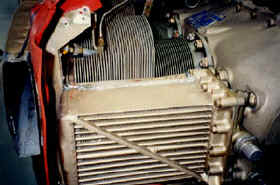 Take oil temperatures. Most of our airplanes have oil temperature gauges thathave a green arc running from 75F to 240F, with a red-line at 240F. Now, 240F isway hotter than we'd like to see. Keep in mind that the oil temperature probe is usuallylocated at the place in the oil system where the oil is coolest, often near the outlet ofthe oil cooler. So if the gauge reads 240F, the oil is probably hitting close to 280Fat the hottest point in its circuit through the engine. That's hot enough to causepetroleum-based oil to oxidize and break down at an accelerated rate. We've either got tobring down the oil temps, or change the oil very frequently.
Take oil temperatures. Most of our airplanes have oil temperature gauges thathave a green arc running from 75F to 240F, with a red-line at 240F. Now, 240F isway hotter than we'd like to see. Keep in mind that the oil temperature probe is usuallylocated at the place in the oil system where the oil is coolest, often near the outlet ofthe oil cooler. So if the gauge reads 240F, the oil is probably hitting close to 280Fat the hottest point in its circuit through the engine. That's hot enough to causepetroleum-based oil to oxidize and break down at an accelerated rate. We've either got tobring down the oil temps, or change the oil very frequently.
On the other hand, oil temperatures lower than 170F or so on the gauge present adifferent problem...namely, that the oil is probably not reaching the boiling point ofwater at the hottest point in its travel. Why is this important? Every time we shut downthe engine, a slug of water condenses inside the cooling engine and runs down into the oilsump. If we don't get rid of this water the next time we fly, there will be a progressivewater build-up inside the engine. That water will mix with the sulfur and nitrogenbyproducts of combustion to form sulfuric and nitric acid. And that will start eating awayat the innards of our engine. The solution is to make sure the oil gets hot enough to boiloff the entrapped water, so that the resulting steam passes harmlessly out the breather.
Oil temperatures of 180F to 200F on the gauge are hot enough to get rid of thiswater, yet cool enough not to accelerate the breakdown of the oil. So that's ideally wherewe'd like to see our oil temperature gauge in-flight.
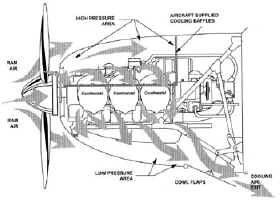 What about cylinder head temperatures? The CHT gauge on a TCMengine usually has a green arc from 200F to 460F, with a red-line at 460F. Lycomingsgenerally have a CHT red-line of 500F. Once again, red-line CHT is way too hot foroptimum engine longevity. At those temperatures, the aluminum cylinder heads arevulnerable to cracking, and the exhaust valve guides are vulnerable to accelerated wear.
What about cylinder head temperatures? The CHT gauge on a TCMengine usually has a green arc from 200F to 460F, with a red-line at 460F. Lycomingsgenerally have a CHT red-line of 500F. Once again, red-line CHT is way too hot foroptimum engine longevity. At those temperatures, the aluminum cylinder heads arevulnerable to cracking, and the exhaust valve guides are vulnerable to accelerated wear.
On the other hand, CHTs below about 300F create another problem: lead fouling. Ourengines operate on avgas that contains large amounts of tetraethyl lead (TEL). Evenso-called "100LL" contains enough TEL to keep the EPA awake at night. Thepurpose of TEL is to enhance the octane (detonation resistance) of the fuel.Unfortunately, it also can cause lead deposits in the engine, particularly on spark plugelectrodes and in piston ring grooves.
To prevent such lead fouling, avgas contains a "lead scavenging agent" calledethylene dibromide, whose job it is to dissolve excess lead and let it pass harmlessly outthe exhaust pipe. However, ethylene dibromide doesn't do its scavenging job unlesscombustion temperatures are fairly high. That's why lead fouling problems tend to emergewhen CHTs are below about 300F.
Ideally, we should try to keep CHTs in the 350F to 400F range as much as possible.That's cool enough to keep the cylinder heads and valve guides happy, but hot enough foreffective lead scavenging.
Lie #7:
Aggressive leaning results in burned valves and detonation.
Fear of the red knob is one of the most pernicious areas of misinformation amonggeneral aviation pilots. Most pilots operate way too rich most of the time, and do sobecause of the mistaken belief that leaning will harm their engine. The result is usuallytrouble: fouled spark plugs, accelerated exhaust valve guide wear, and stuck exhaustvalves.
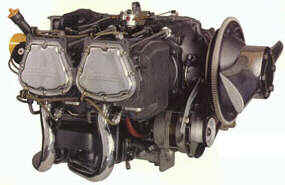 Lycoming has long authorized leaning to peak EGT at any cruisesetting up to 75% power. TCM authorizes leaning to peak EGT up to 65%, and its latestrecommendations even endorse lean-of-peak operation for many big-bore engines, providedthe engines will run smoothly when operated that lean.
Lycoming has long authorized leaning to peak EGT at any cruisesetting up to 75% power. TCM authorizes leaning to peak EGT up to 65%, and its latestrecommendations even endorse lean-of-peak operation for many big-bore engines, providedthe engines will run smoothly when operated that lean.
Contrary to popular belief, aggressive leaning doesn't cause burned valves. Most burnedvalves are the result of excessive valve guide wear or valve stem contamination.
Aggressive leaning doesn't cause detonation, either. Most of our engines are incapableof detonation at cruise power settings, provided that we don't exceed CHT red-line or tryto burn contaminated fuel. Furthermore, recent tests on Lycoming engines by ASTM revealedthis fascinating result: detonation is most likely to occur at a mixture setting 11%richer than stoichiometric (i.e., substantially richer than peak EGT).
Lean as aggressively as the book allows. For Lycomings, that means peak EGT at allcruise power settings to 75%. For Continentals, lean to peak EGT up to 65%, 50F rich ofpeak at 75%. For turbocharged engines, also limit TIT to 1600F.
Lean during all ground operations except for engine start. It is particularly importantto lean for taxi and runup. Since EGT is usually off-scale at idle power, the best methodis to lean for peak RPM at idle.
Lie #8:
It's bad to cruise at high manifold pressure and low RPM ("oversquare").
The old saw about never allowing MP to exceed RPM/100 is bunk! Fortunately, this oneseems finally to be moving toward a well-deserved death, after decades of being acceptedas Gospel by countless well-intentioned pilots.
TCM and Lycoming authorize cruise operation at 1 to 3 inches "oversquare" formost normally-aspirated engines, and allows 9 to 12 inches "oversquare" for mostturbocharged engines. Check the cruise charts in your POH or, better yet, obtain theoperator's manual for your engine.
Operating at minimum RPM and maximum MP (within the allowable envelope) actually helpsyour engine last longer. Low RPM operation provides numerous benefits: better cylindercompression, lower frictional losses, improved propeller efficiency, cooler-runningvalves, lower EGTs and TITs, and a quieter cabin.
Cruise at the lowest RPM and highest MP that the book allows for the percentage ofpower that you desire. You usually have several possible RPM/MP combinations to choosefrom at lower altitudes in a normally-aspirated airplane, and at virtually all altitudesin a turbocharged airplane.
Lie #9:
Continuing to fly an engine beyond the manufacturer's recommended TBO is dangerous,illegal, and could void your insurance coverage.
Hogwash!
First of all, it's important to understand that TBO is an actuarial figure...themanufacturer's best guess about how long a typical engine will be able to operate beforeneeding an overhaul. Some engines won't make it. Other engines will sail past TBO in greatshape and provide many hundreds of additional hours of reliable operation before teardownis warranted.
Think of published TBO as being similar to published human life expectancy. We don'texpect all humans to live to that age and then keel over. Some will die before their time,others will outlive their children. Certainly, we don't arbitrarily euthanize people whenthey reach the average expectancy age!
Published TBO has no legal significance for the majority of us who fly under FAR Part91. For commercial operators under Part 135, TBO is theoretically "compulsory"because TCM and Lycoming publish their TBO figures in the form of a service bulletin, andPart 135 operators are required to comply with service bulletins. However, a Part 135operator may apply to his local FSDO for a TBO extension, and such extension are routinelygranted by the FAA. For example, one company that operates a huge fleet of Cessna 402s(published TBO is 1600 hours) has FAA approval to go to 2400 hours before overhaul.
Your aircraft insurance carrier could care less whether your engine is past TBO. Yourpolicy simply requires that your aircraft and its pilot be legal under the FARs. As we'veseen, published TBO has no legal impact on Part 91 operators. Part 135 operators need toask the FAA's permission before flying past TBO, but such permission is commonplace.
We recommend that you overhaul your engine when it gets tired, not at some arbitrarynumber of hours.
Lie #10:
A factory reman is better than a field overhaul, because only the factory offers atrue "zero-timed" engine.
While it's true that a factory rebuilt engine comes with a zero-time logbook while afield overhauled engine does not, it's not for the reason you may think.
When you have your engine overhauled by Mattituck, RAM, T.W. Smith, Victor, orwhomever, that engine retains most of its original parts, as well as its serial number,data plate, and engine logbook or other maintenance records. The overhauled engine you getback is legally the same engine you sent in, all cleaned up with lots of new parts.
On the other hand, when TCM or Lycoming receives a runout core from a customer, thatengine loses its identity. The data plate is removed and destroyed. So are the logbooks.The case halves are cleaned up, inspected, and added to a big pile of reusable casehalves. The crankshaft is cleaned up, inspected, and added to a big stack of reusablecranks. The same is true of camshafts, rods, accessory gears, and so forth. Those reusableparts become "anonymous" because they're no longer associated with anyparticular engine serial number.
Now, when TCM or Lycoming builds up a factory rebuilt engine (colloquially butincorrectly referred to as a "factory reman"), it pulls some"anonymous" case halves from one pile, an "anonymous" crankshaft fromanother pile, and so forth. When the engine is completely assembled, it gets a new dataplate, a new serial number, and a new logbook.
The logbook starts out at zero time-in-service. Why zero? Because there's no otherreasonable figure to put in the logbook. The case halves are certainly not zero-time, butthere's no record of how much time they've accrued. The crankshaft may not be new, butthere's no record of how much time is on the crank, either. And so on.
In short, the "zero-time" logbook that comes with a factory rebuilt engine inno way implies that the engine is "newer" or "better" than a fieldoverhaul. All it implies is that the reused components in the engine are of unknownheritage...nobody knows how long they were in service prior to the time then were cleanedup, inspected, and reused in your engine!


